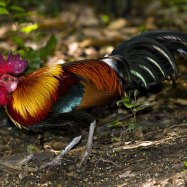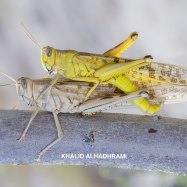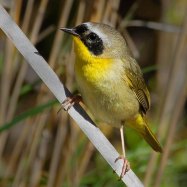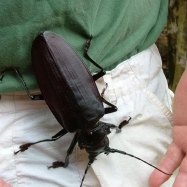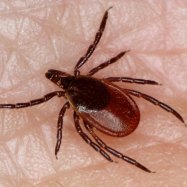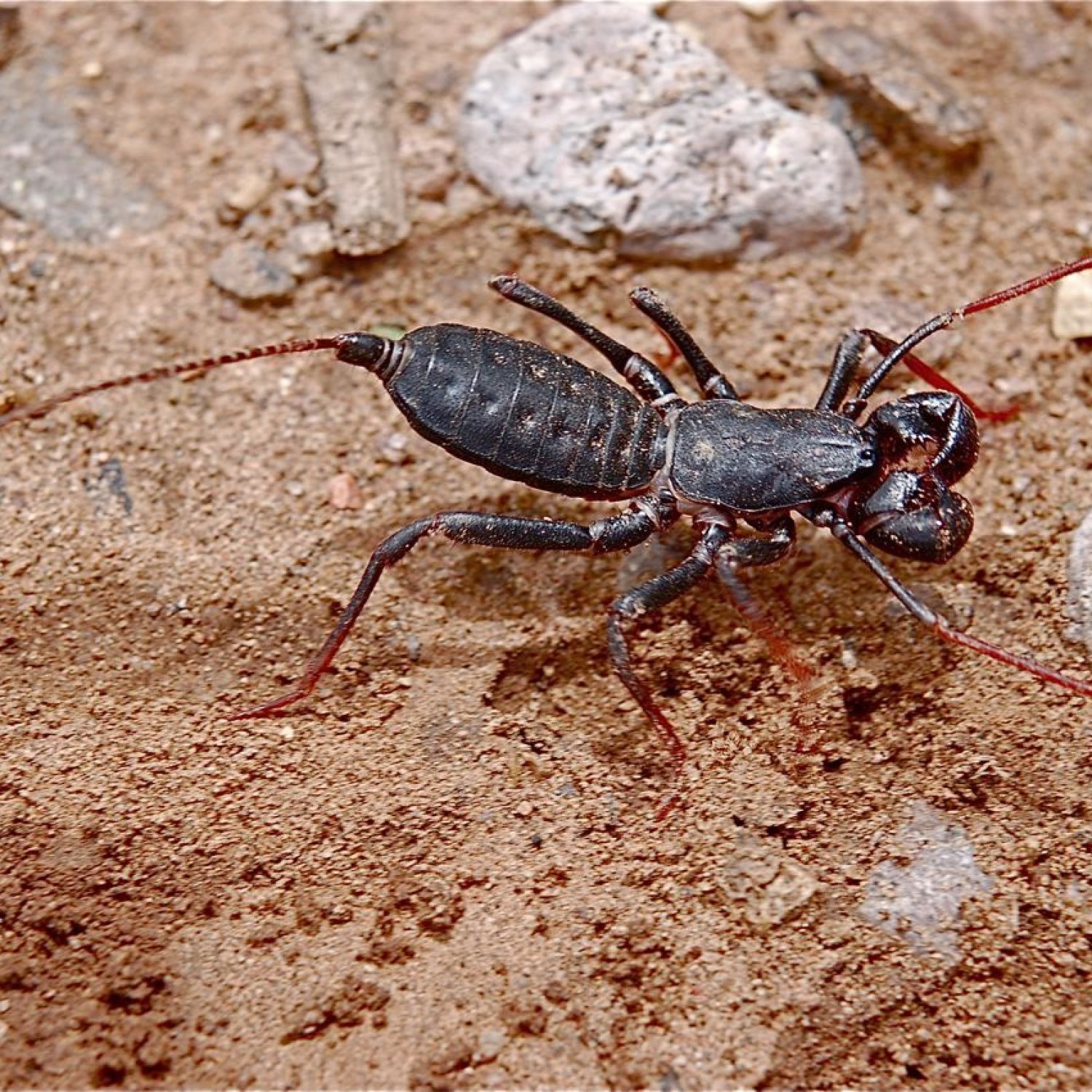
Vinegaroon
2 to 3 inches (5 to 7.5 cm)
The Vinegaroon is a unique desert-dwelling arachnid found in the Sonoran and Chihuahuan Deserts. With a length of 2 to 3 inches, it may seem intimidating, but its non-venomous pincers make it harmless to humans. Its flat and elongated body shape aids in burrowing through desert soil. #Vinegaroon #SonoranDesert #ChihuahuanDesert #Thelyphonidae #arachnid
Animal Details Summary:
Common Name: Vinegaroon
Kingdom: Animalia
Habitat: Desert regions
The Fascinating Vinegaroon: A Desert Dwelling Arachnid
Imagine walking through the vast, arid landscape of a desert and coming across a creature that looks like a cross between a scorpion and a spider. Its dark brown or black body, flat and elongated in shape, stands out against the barren surroundings. This is the Vinegaroon, a unique and intriguing arachnid that calls the deserts of the Southwestern United States and Mexico its home.With the scientific name Mastigoproctus giganteus, the Vinegaroon, also known as the whip scorpion, is a member of the Animalia kingdom and the Arthropoda phylum Vinegaroon. It belongs to the class Arachnida, along with spiders, scorpions, and ticks. While it may resemble a scorpion, the Vinegaroon is not actually a true scorpion but belongs to the order Thelyphonida and the family Thelyphonidae.
Found in desert regions such as the Sonoran Desert and Chihuahuan Desert, the Vinegaroon has adapted to thrive in harsh and arid conditions. It can be found in caves, under rocks, and in burrows in the ground. Its habitat is typically dry with sandy or rocky soil, providing the perfect environment for this fascinating creature to hunt and survive.
In terms of feeding, the Vinegaroon is a carnivorous animal, meaning it feeds on other animals. This unique arachnid has evolved some impressive hunting techniques to catch its prey. Its front legs are modified into a pair of long, sensitive antennae that help it detect vibrations and changes in air pressure. When its prey comes within range, the Vinegaroon will pounce and grab it with its powerful, claw-like pincers Viper. It then uses its sharp fangs to deliver a venomous bite, paralyzing its prey before consuming it. The Vinegaroon's diet primarily consists of insects, arachnids, and small amphibians.
The geographical distribution of Vinegaroons is limited to the Southwestern United States and Mexico, but they can also be found in some parts of Central and South America. Despite its name, the Vinegaroon does not produce vinegar. However, when threatened or provoked, it can expel a mist of acetic acid from its colt-like gland, giving off a smell reminiscent of vinegar. This tactic serves as a defense mechanism to deter predators. This, combined with their intimidating appearance, makes Vinegaroons relatively safe from predators in the wild.
These fascinating creatures have been around for millions of years, with fossil evidence dating back to the Carboniferous period. They have adapted and evolved to become successful hunters in their desert habitat. However, despite their long history, Vinegaroons remain relatively unknown and mysterious to many.
One of the most prominent features of Vinegaroons is their unique coloration. They are typically dark brown or black in color, which helps them blend into their surroundings and avoid being spotted by potential prey or predators. This dark coloration is due to the melanin pigment in their exoskeleton, which also provides them with protection from the sun's harsh rays.
In terms of body shape, Vinegaroons have a flattened body with an elongated abdomen, giving them a unique appearance. The females have a slightly larger and rounder abdomen than males. A fully grown Vinegaroon can reach a length of 2 to 3 inches (5 to 7.5 cm), with the females being slightly larger than males.
Vinegaroons are not considered to be aggressive animals and will only use their venom as a last resort. They are nocturnal creatures, which means they are most active at night. During the day, they will usually hide in their burrows or seek shelter under rocks to protect themselves from the scorching desert sun. However, they are not solitary animals and can be found living in small groups, with males and females often sharing the same burrow.
Despite their fearsome appearance, Vinegaroons are generally harmless to humans. They do possess venom, but it is not dangerous to humans unless an individual has an allergic reaction. In fact, some people choose to keep Vinegaroons as pets. They are relatively low maintenance, and their unique appearance makes them a popular choice among exotic pet enthusiasts.
In terms of conservation, Vinegaroons are considered to be a species of least concern. They are widespread and not facing any significant threats to their population. However, their habitat is under constant threat from human activities such as land development, urbanization, and industrialization. It is essential to protect and preserve their desert habitat to ensure the long-term survival of this fascinating arachnid.
In conclusion, the Vinegaroon is a unique and fascinating creature that has adapted to thrive in the harsh conditions of the desert. Its distinctive appearance and hunting techniques make it a truly remarkable arachnid that has captured the curiosity and interest of many. Despite its intimidating appearance, it is a relatively harmless animal and plays a crucial role in its ecosystem. So, the next time you find yourself walking through a desert, keep an eye out for this intriguing creature and appreciate its resilience and adaptability.

Vinegaroon
Animal Details Vinegaroon - Scientific Name: Mastigoproctus giganteus
- Category: Animals V
- Scientific Name: Mastigoproctus giganteus
- Common Name: Vinegaroon
- Kingdom: Animalia
- Phylum: Arthropoda
- Class: Arachnida
- Order: Thelyphonida
- Family: Thelyphonidae
- Habitat: Desert regions
- Feeding Method: Carnivorous
- Geographical Distribution: Southwestern United States and Mexico
- Country of Origin: United States
- Location: Sonoran Desert, Chihuahuan Desert
- Animal Coloration: Dark brown or black
- Body Shape: Flat and elongated
- Length: 2 to 3 inches (5 to 7.5 cm)
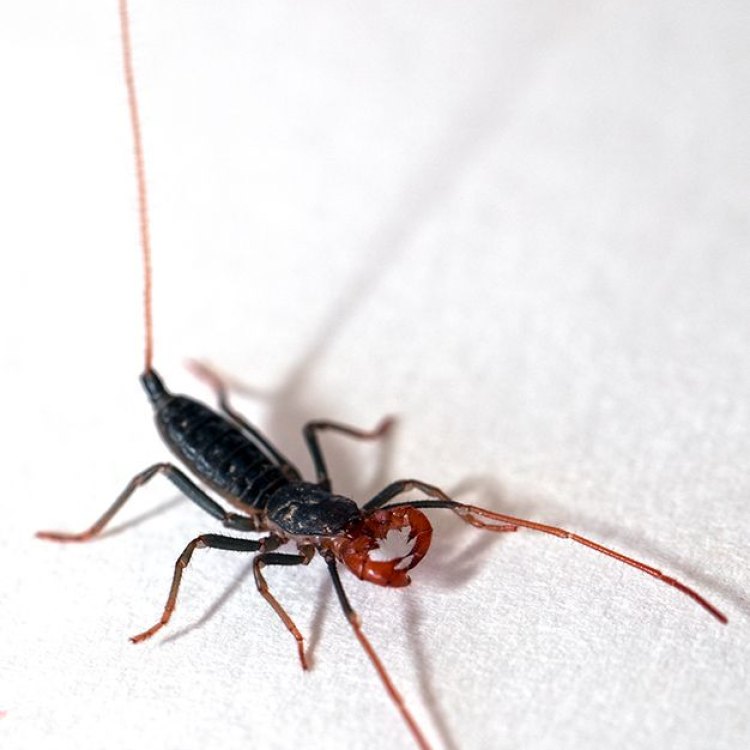
Vinegaroon
- Adult Size: 2 to 3 inches (5 to 7.5 cm)
- Average Lifespan: 5 to 10 years
- Reproduction: Sexual
- Reproductive Behavior: Males deposit spermatophores on the ground, which females pick up to fertilize their eggs
- Sound or Call: None
- Migration Pattern: Non-migratory
- Social Groups: Solitary
- Behavior: Nocturnal
- Threats: Loss of habitat, pesticide use
- Conservation Status: Not evaluated
- Impact on Ecosystem: Vinegaroons are predators and help control populations of insects and other arthropods
- Human Use: None
- Distinctive Features: Large pincers, whip-like tail, and ability to produce a vinegar-like spray
- Interesting Facts: Vinegaroons are not venomous to humans and use their spray as a defense mechanism
- Predator: Bats, birds, and reptiles
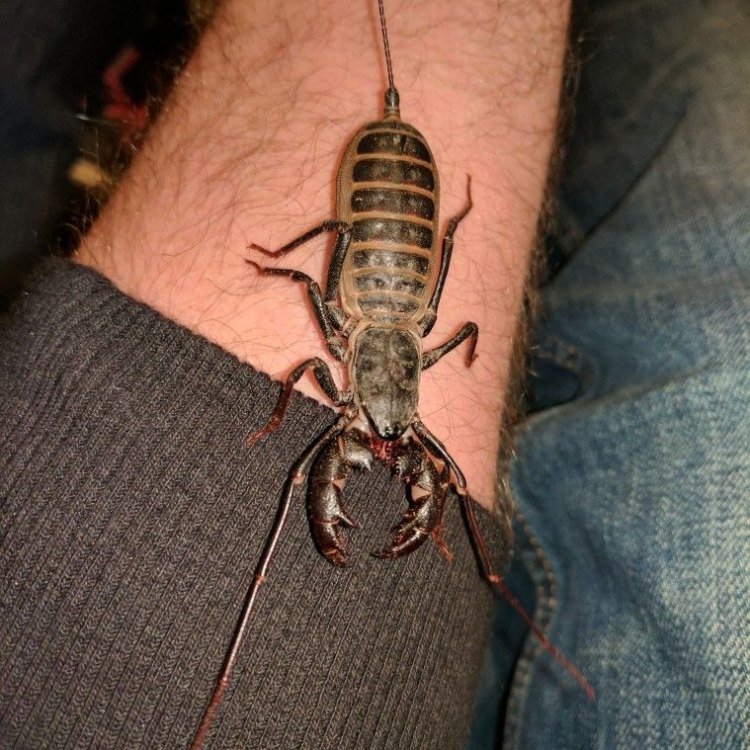
Mastigoproctus giganteus
The Fascinating World of the Vinegaroon: A Misunderstood Arachnid
The animal kingdom is full of unique and fascinating creatures. From the smallest insects to the largest mammals, every species has its own distinctive features and behaviors. One such creature that often goes unnoticed and underappreciated is the vinegaroon – a type of arachnid that is commonly mistaken for a scorpion. However, these creatures are more than just their intimidating appearance PeaceOfAnimals.Com. In this article, we will dive into the world of vinegaroons, exploring their size, lifespan, behavior, and impact on the ecosystem.Adult vinegaroons typically range from 2 to 3 inches (5 to 7.5 cm) in size, making them relatively small in comparison to some of their arachnid cousins. Despite their small size, they have an impressive lifespan of 5 to 10 years, much longer than most arachnids. This can be attributed to their solitary and nocturnal lifestyle, which is due to their unique reproductive behavior.
Unlike many other arachnids, vinegaroons reproduce sexually. Males deposit spermatophores (packets of sperm) on the ground, which females pick up to fertilize their eggs. This process can take up to a year, and females can produce up to 40 offspring in their lifetime. This extended reproductive process contributes to their relatively long lifespan and solitary behavior Vegavis.
When it comes to communication, vinegaroons do not use sounds or calls. Instead, they rely on scent and touch. Similar to other arachnids, they have sensory receptors on their legs, which they use to sense vibrations in the ground. This allows them to communicate with other vinegaroons and detect potential prey.
Vinegaroons are non-migratory, meaning they do not move from one place to another over long distances. They are solitary creatures and do not form social groups or migrate together. However, they do share habitats with other vinegaroons, and studies have suggested that they may have a social hierarchy within their population.
As nocturnal creatures, vinegaroons are most active at night. This behavior is due to their sensitivity to light and heat. During the day, they seek shelter under rocks, logs, or soil, and emerge at night to hunt for food. They are opportunistic predators, meaning they will eat whatever is available, from other arthropods to insects and spiders.
But why are vinegaroons often seen as a threat? The answer lies in their distinctive features. They have large pincers and a whip-like tail, which can look intimidating. Additionally, they have the ability to produce a vinegar-like spray, which is often used as a defense mechanism. This spray, coupled with their dark color and elongated body, can make them appear dangerous to humans.
However, contrary to popular belief, vinegaroons are not venomous to humans. Their spray is only used as self-defense and is not harmful to humans. In fact, they are beneficial creatures that play an important role in the ecosystem.
Vinegaroons are predators, and their diet consists mainly of insects and other arthropods. By controlling the population of these insects, they help maintain balance in the ecosystem. This makes them valuable assets in agricultural areas, where they can act as natural pest control. However, they are facing threats due to human activities.
Loss of habitat and the use of pesticides are major threats to vinegaroons. As they rely on undisturbed habitats and insects for food, any destruction of their homes can significantly impact their survival. Pesticides, often used in agriculture, can also harm vinegaroons and other arthropods, disrupting their role in the ecosystem.
It may come as a surprise that vinegaroons are not evaluated for conservation status. This means that their population status and potential threats are not fully known or understood. As such, it is important for us to educate ourselves about these creatures and take steps to protect their habitats.
In terms of human use, vinegaroons have no significant benefits or uses. They are not used in traditional medicine or for any other purposes. They are simply fascinating creatures that deserve our respect and protection.
Now, let's dive into some interesting facts about vinegaroons that you may not have known. Apart from their impressive lifespan and unique reproductive behavior, these arachnids have some other interesting features. First, their pincers may look intimidating, but they are used more for grasping than for biting. Second, while their bite may be painful, it is not poisonous to humans. Finally, vinegaroons can make excellent pets, with some people keeping them in their homes and learning more about their behavior and habits.
In the wild, vinegaroons face threats from a few predators, including bats, birds, and reptiles. These animals are able to prey on vinegaroons because of their venomous prey, which can be harmful to them. However, vinegaroons have also developed a defense mechanism against these predators. In addition to their vinegar spray, they can also curl their tails to mimic the shape of a scorpion's stinger, deterring potential threats.
In conclusion, the vinegaroon is a fascinating creature that is often misunderstood and overlooked. These arachnids may have some intimidating features, but they play a vital role in our ecosystem as predator and pest controllers. It is important for us to learn more about them and take steps to protect their habitats for future generations to appreciate and admire these unique creatures. So the next time you come across a vinegaroon, remember that they are not to be feared, but admired for their resilience and contributions to the natural world.

The Fascinating Vinegaroon: A Desert Dwelling Arachnid
Disclaimer: The content provided is for informational purposes only. We cannot guarantee the accuracy of the information on this page 100%. All information provided here may change without prior notice.


